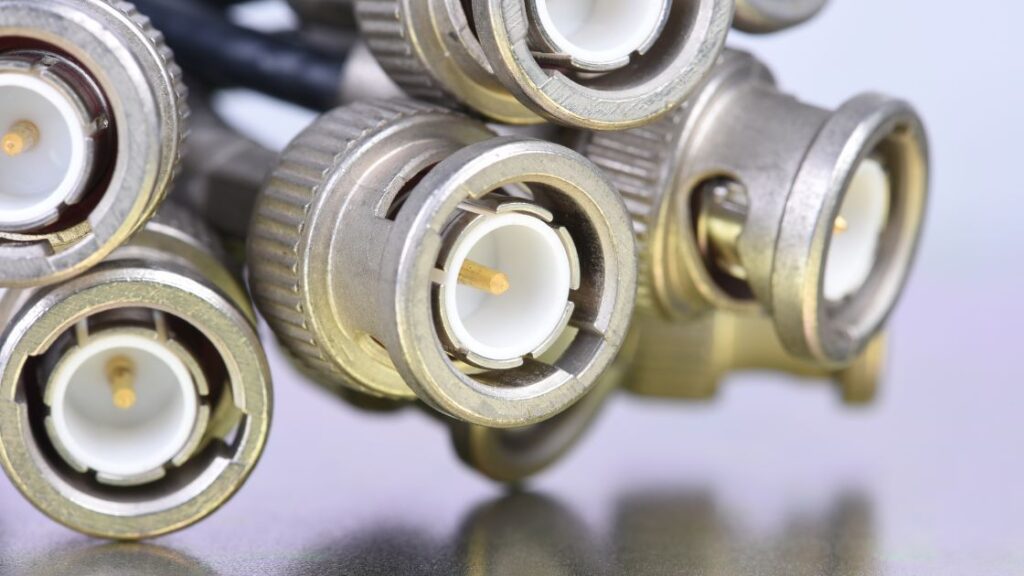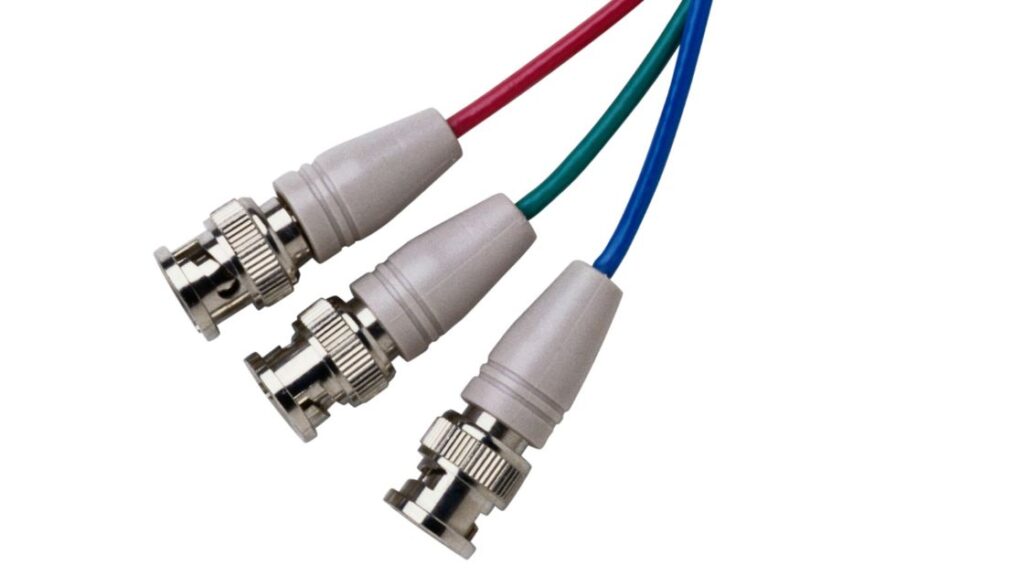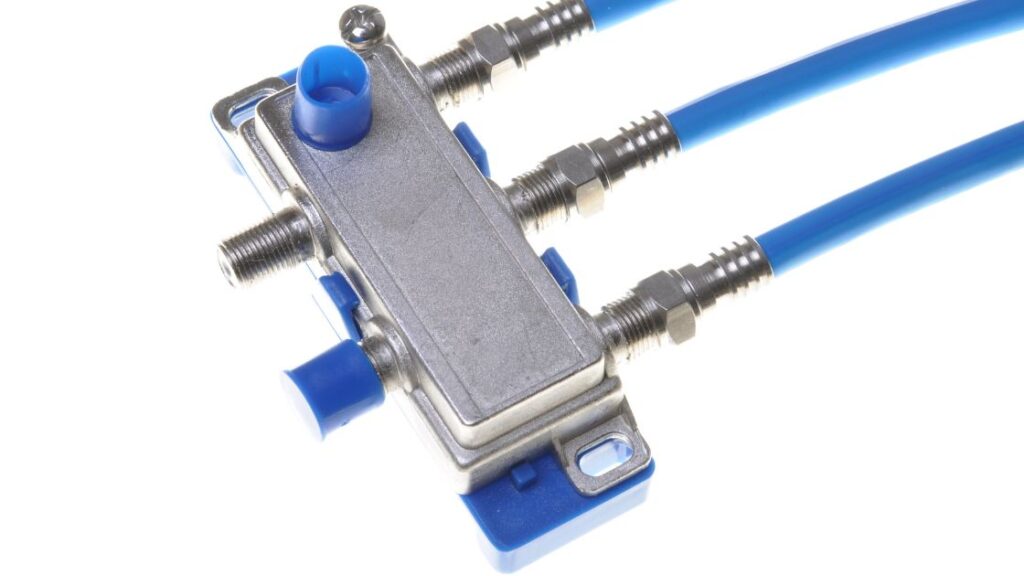Coaxial cables come in a diverse variety intended for different applications, varying from military and satellite connection, radio and microwave signal transmission, and even TV and internet connection. For finding out the best coaxial cable for a TV connection, you should know what your requirements are and the standards you should hold the cables against.
Table of Contents
ToggleAre all TV coaxial cables the same?

There is definitely a huge variety of coaxial cable in the market for TV connection, but not all are the same. There are merits and demerits to each and you must choose one based on your needs. To understand coaxial cables and relevant concepts such as shielding, EMI, and impedance you must first understand the design of coaxial cables.
How are Coaxial Cables designed to reduce cross talk?

Coaxial cables have a central metallic conductor wrapped in dielectric insulating sheets of non-conductors and woven/braided or foiled sheets of conductors all housed in a PVC Jacket. An electromagnetic field is generated whenever an electric current flows through metallic conductors, this field interferes with the signals and this phenomenon is called electromagnetic interference (EMI). All the dielectric layers in coax share a geometrical axis with the conductors (hence the name coaxial) which help to cancel out the electromagnetic field and reduce EMI.
Current flowing in the conductor over a certain distance faces resistance which is called impedance and measured in units of Ohms (mostly 50 Ohm and 75 Ohm). This resistance causes loss of energy in the form of heat. The nonconductor insulating sheets prevent this loss of energy to the external environment in the form of heat. The braided sheet offers more flexibility which means easier installation and durability, and it also protects against external noise interference with the signals.
Can you use coaxial cable for HDTV?
High-definition televisions (HDTV) are increasingly becoming a more popular and new norm, coaxial cable remains the standard choice for the transmission of content most content. The coaxial cable for TV is connected to the source of the TV signal, be it cable, satellite, or antenna. By standard HDTVs have input ports that are compatible with f-connectors of coaxial cables to establish a connection. So yes, coax is frequently used for HDTV.
Can you use coaxial cable for smart TV?
Typically a smart TV would need a digital connection to the internet (either via Wi-Fi or ethernet) and/or a connection to your digital devices directly using an HDMI cable. A Smart TV will only require a coaxial cable if you wish to receive and display signals that are transmitted at the TV by coaxial cable.
What is the best coaxial cable for TV?

Coaxial cable with impedance 75 Ohm is ideal for domestic television, and RG-6 is the standard choice coaxial cable for TV.
For HDTV connection RG-11 is the best choice as it offers a higher gauge than others, which offers more space for signals to transfer.
What factors should you consider when choosing a coaxial cable?

The first thing you should think about is what job is the cable going to do? Are you looking to connect your tv to a traditional aerial socket or are you looking at connecting an HDMI output from a digital tv service to your television?
The center conductor – All good quality cables have copper conductors at the center however cheaper options can have steel and other conducting materials at the center of the cable.
The Inner dielectric insulator- It is mostly made of plastic or foam-filled plastic and functions to prevent signal loss. If this layer is compromised you would experience a lack of signal. It is one of the reasons why you have to ensure you are careful when installing the cable and try to avoid unnecessary bends or pressure on it.
The second conductor shield – Mostly made of braided copper wire, but is possible to get different variations on shield types. For example, a double shield might have a foil shield in addition to the braided copper element or there can even be a double braided cable. Each extra shield brings greater efficiencies in signal transmission, however, that can also increase the cost.
Jacket (Outer plastic sheath) – Often jacket of coax is made of PVC and is used to enclose all the other elements together. For instance when the outdoor installation of cable is and the sheath can be designed to be better protected against sunlight, oxidation, or even against rodent damage.
The connectors – The F-Type connector is the standard, and the majority of TV devices (if not all) have input slots compatible with F-connector.
Where is your coaxial cable going? For indoor installation, the RG-6 will suffice for most home installations. For outdoor or longer roots it is recommended to opt for a sturdier variety.









1 thought on “Choosing the Best Coaxial Cable for TV Connection”
Pingback: MoCA Network DIY coax to ethernet by installing MoCA Adapter - Gurru Says